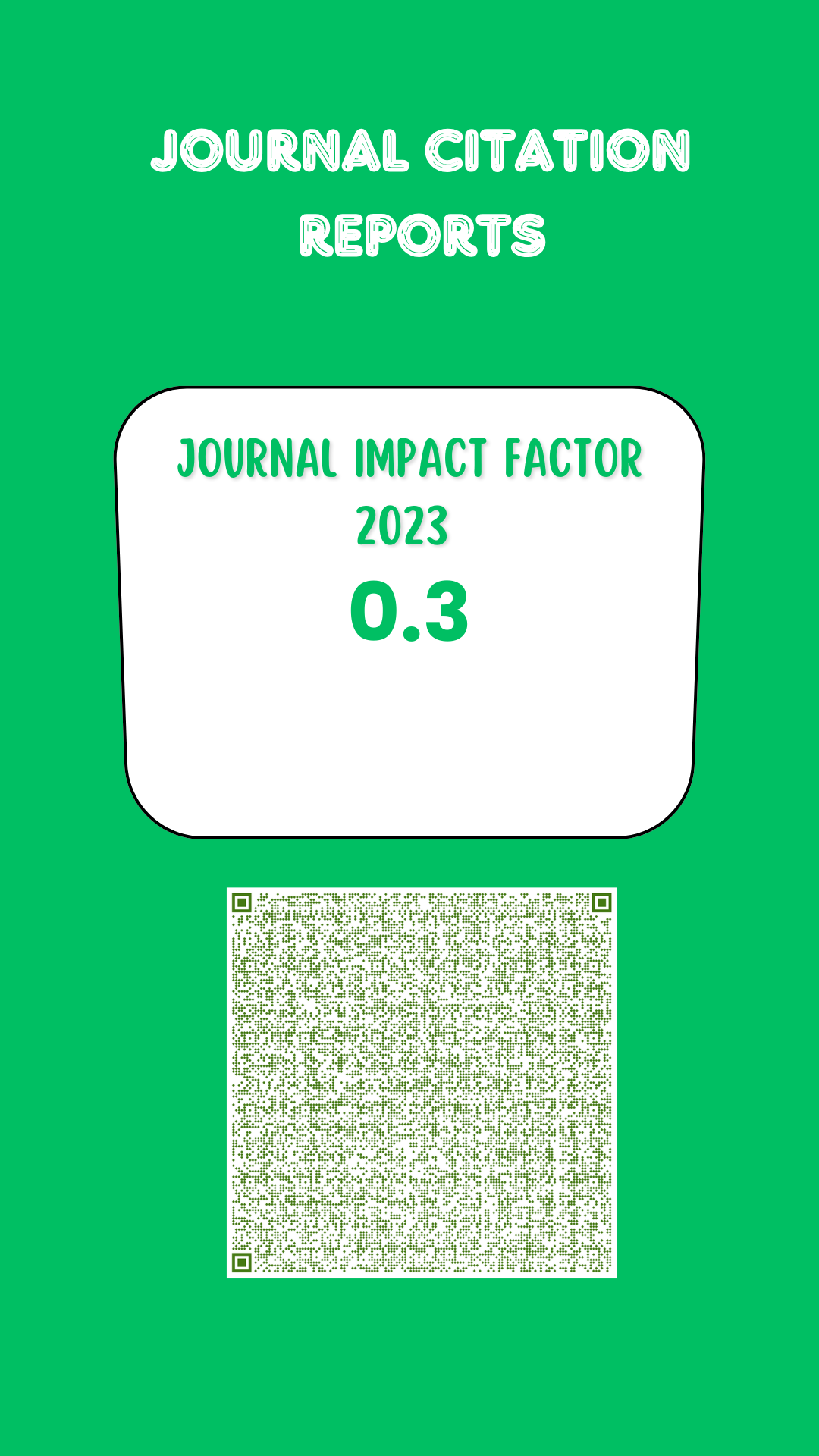Body mass index and body chemical components in Pelibuey ewes
DOI:
https://doi.org/10.19136/era.a7n2.2515Keywords:
sheep body composition, body condition, body energy status, body measurementsAbstract
The present study determined the relationship between body mass index (BMI) and chemical components in Pelibuey ewes. The BMI was determined in 28 ewes. At slaughter, internal organs and blood were weighed, then were mixed and grounded. The half-carcasses were dissected into subcutaneous and intermuscular fat, muscle, and bone. The muscle and fat of each animal were ground together, and one sample of the mixture was taken. The carcass and viscera samples were freeze-dried and further analysed for crude protein (CP), fat (F), and ash (A). The relationship between BMI and body composition were estimated using correlation coefficients (r) and regression models. The r between BMI and carcass crude protein and visceral crude protein were 0.51 and 0.48, respectively (p < 0.001), and between BMI and carcass F and visceral F were 0.82 and 0.71,respectively (p < 0.0001). The r2 of the models relating to BMI and body chemical components ranged from 0.62 to 0.97. There was a quadratic relationship between total body CP, and A. The chemical carcass components (CP, F, and carcass energy [CE]) showed a linear relationship with BMI, with an r2 ranging from 0.67 to 0.96. It was concluded that BMI could be used as predictors of body chemical composition in non-pregnant and non-lactating Pelibuey ewes. The use of empty body weight for calculating BMI yielded more accurate estimates of the chemical components of the body of adult sheep.Downloads
Downloads
Published
Issue
Section
License
Aviso de copyright
Los autores que se envían a esta revista aceptan los siguientes términos:
una. Los autores conservan los derechos de autor y garantizan a la revista el derecho a ser la primera publicación del trabajo con una licencia de atribución de Creative Commons que permite a otros compartir el trabajo con un reconocimiento de la autoría del trabajo y la publicación inicial en esta revista.
B. Los autores pueden establecer acuerdos complementarios separados para la distribución no exclusiva de la versión del trabajo publicado en la revista (por ejemplo, en un repositorio institucional o publicarlo en un libro), con un reconocimiento de su publicación inicial en esta revista.
C. Se permite y se anima a los autores a difundir su trabajo electrónicamente (por ejemplo, en repositorios institucionales o en su propio sitio web) antes y durante el proceso de envío, ya que puede conducir a intercambios productivos, así como a una cita más temprana y más extensa del trabajo publicado. (Consulte El efecto del acceso abierto).



